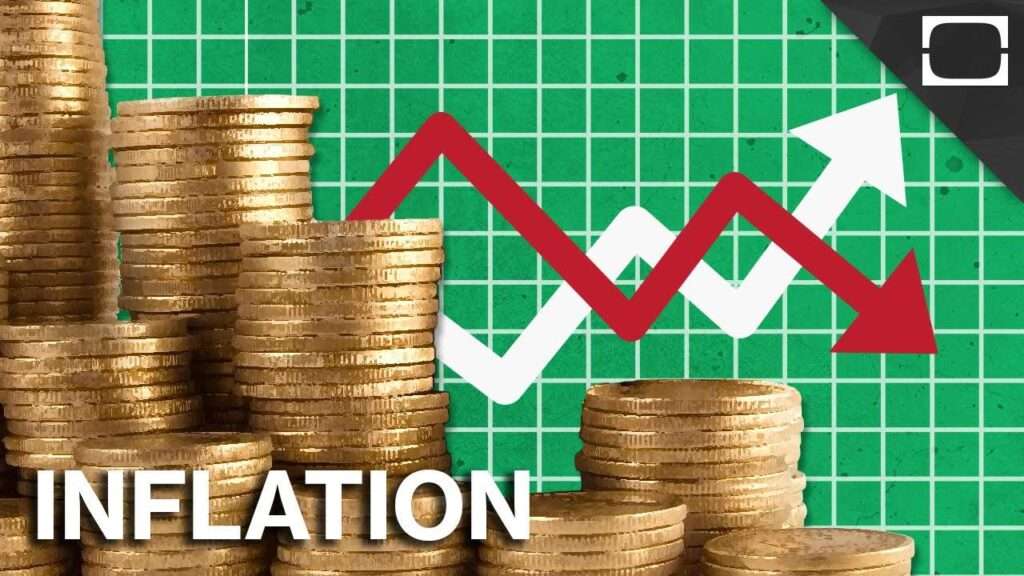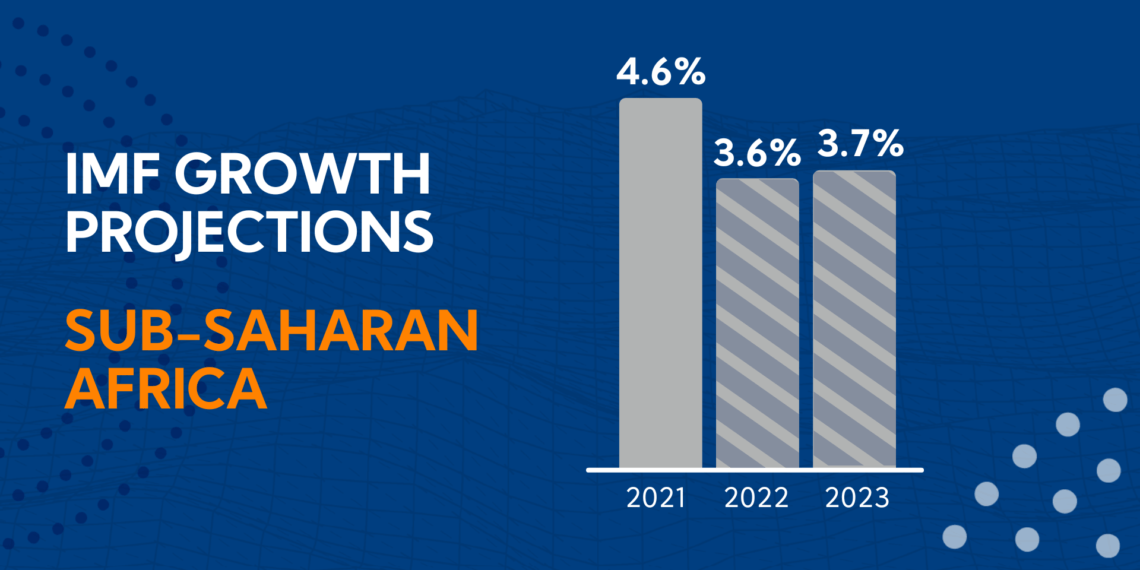The International Monetary Fund (IMF) in its January 2023 world economic outlook has projected an average growth rate of 3.8% for Sub-Saharan Africa, amid prolonged fallout from the COVID-19 pandemic.
This projection represents a modest upward revision since October 2022, and higher than the 2.8% it forecasted for Ghana. It has firmed its 2.8% Gross Domestic Product (GDP) for Ghana in 2023
According to IMF, the small upward revision for 2023 (0.1 percentage point) reflects Nigeria’s rising growth in 2023 due to measures to address insecurity issues in the oil sector.
However, in South Africa, after a COVID-19 reopening rebound in 2022, the IMF forecasted growth more than halves in 2023, to 1.2 percent, reflecting weaker external demand, power shortages, and structural constraints.
Meanwhile, global growth, estimated at 3.4% in 2022 is projected to fall to 2.9% in 2023 before rising to 3.1% in 2024.
Compared with the October forecast, the estimate for 2022 and the forecast for 2023 are both higher by about 0.2 percentage point, reflecting positive surprises and greater-than-expected resilience in numerous economies.
IMF with optimism assures of no expectation for negative growth in global gross domestic product or global GDP per capita which often happens when there is a global recession.
Nevertheless, global growth projected for 2023 and 2024 is below the historical (2000–19) annual average of 3.8%.
According to the reports, the forecast of low growth in 2023 reflects the rise in Central banks’ rates to fight inflation especially in advanced economies as well as the war in Ukraine.

Global Inflation Set To Decline To 6.6% In 2023
Analyzing the rate of increase in prices over the given period of time, IMF revealed that about 84% of countries are expected to have lower headline (consumer price index) inflation in 2023 than in 2022.
According to its January 2023 World Economic Outlook report, global inflation is set to fall from 8.8% in 2022 (annual average) to 6.6% in 2023 and 4.3% in 2024, above pre-pandemic (2017–2019) levels of about 3.5%.
“The projected disinflation partly reflects declining international fuel and nonfuel commodity prices due to weaker global demand. It also reflects the cooling effects of monetary policy tightening on underlying (core) inflation, which globally is expected to decline from 6.9% in the fourth quarter of 2022 (year over year) to 4.5% by the fourth quarter of 2023”.
“Still, disinflation will take time by 2024, projected annual average headline and core inflation will, respectively, still be above pre-pandemic levels in 82% and 86% of economies.”
2023 IMF World Economic Outlook
Meanwhile, in advanced economies, annual average inflation is projected to decline from 7.3% in 2022 to 4.6% in 2023 and 2.6% in 2024, above target in several cases.
In emerging market and developing economies, annual inflation is forecasted to decline from 9.9% in 2022 to 8.1% in 2023 and 5.5% in 2024, above the 4.9% pre-pandemic (2017–2019) average.
In low-income developing countries, IMF predicts inflation to moderate from 14.2% in 2022 to 8.6% in 2024,still high, but close to the pre-pandemic average.
Read Also : Ecobank Group Becomes The First Pan African Bank To Win ‘The Best Place To Work In Africa’ Award





















